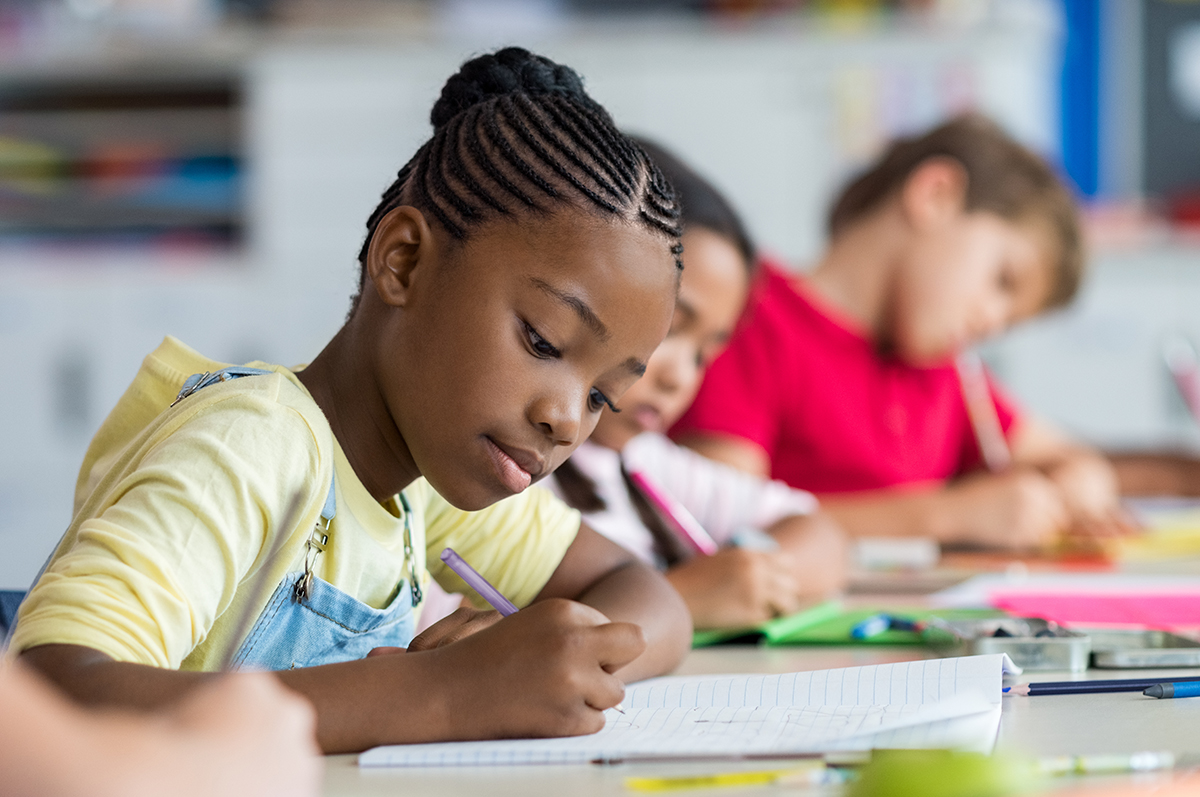Journaling is a common way to encourage young learners to express themselves while also supporting the academic skills of reading and writing. As a reflective tool, journaling is popular among therapists as the therapeutic benefits of journaling are well-established. It’s not surprising that journaling can also be an effective way to help children enhance self-awareness, one of the 5 core competencies of social emotional learning as defined by the Collaborative for Academic, Social, and Emotional Learning (CASEL).
What is self-awareness?
Self-awareness is the ability to assess one’s own strengths and limitations. It includes identifying and understanding the different aspects of oneself, such as emotions, traits, behaviors, and achievements. Self-awareness is important for children because it sets the stage for greater academic and social success. Children who have a better understanding of themselves tend to make better choices to help them be successful in and out of school.
To attain increased self-awareness, it is necessary to focus attention on oneself. While we are born with a rudimentary sense of self-awareness that continues to develop as we mature, it is a competency that children can improve even more through purposeful reflection and introspection. Journaling, specifically guided journaling, is an effective strategy for this.
What is guided journaling?
Guided journaling involves providing meaningful writing prompts to which the child responds. The prompts give the child a specific starting point that guides them to a particular place and help the child explore their feelings. In some instances the prompts necessitate a full page response, while other prompts may require just a few words.
The goal is to provide young learners a unique opportunity to reflect about themselves and their experiences in order to achieve gains in self-awareness. While the same information can be shared verbally, the physical act of writing deepens the reflection and enhances the learning. The addition of prompts helps guide the student to look inward to examine and understand the many aspects of themselves.
When should guided journaling be used?
The starting point for social emotional growth is an understanding of self. That requires looking inward. Students are not often asked to proactively look inward in a meaningful, consistent way. They are more likely to be asked to examine their emotions and identify their personal qualities and achievements in response to a problem. Integrating guided journaling into the curriculum as a weekly practice can help support the social emotional development that every child needs.
A good place to start are prompts that ask students to recognize personal qualities. I typically ask students to journal about their hobbies or subjects they enjoy at school. I sometimes ask them to describe an achievement and how they feel about it.
After spending time reflecting and responding to these types of prompts, students are likely to discover that they have many positive qualities, including qualities they may not have given much thought to in the past. Examples of comments from students after this type of journaling experience include, “I’ve done a lot!” and “I’m not boring!”
To a child, this process is empowering.
Other journaling prompt ideas that support self-awareness include:
- Prompts that identify personal qualities or achievements, e.g. Describe a situation when you helped a peer at school.
- Prompts that help students identify and respond to emotions, e.g. What are some things that make you sad?
- Prompts that help students set goals, e.g. What are some goals that you have at school?
As a result of the simple yet powerful practice of guided journaling, students will realize gains in confidence which is a sign of increased self-awareness. When guided journaling for self-awareness is practiced regularly, the social emotional learning gains are more likely to be lasting.

